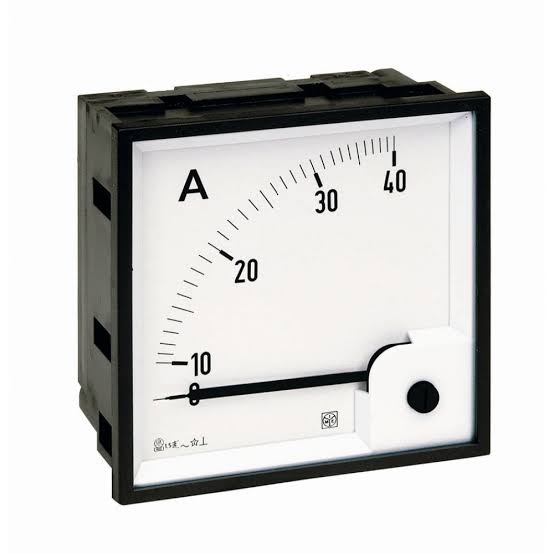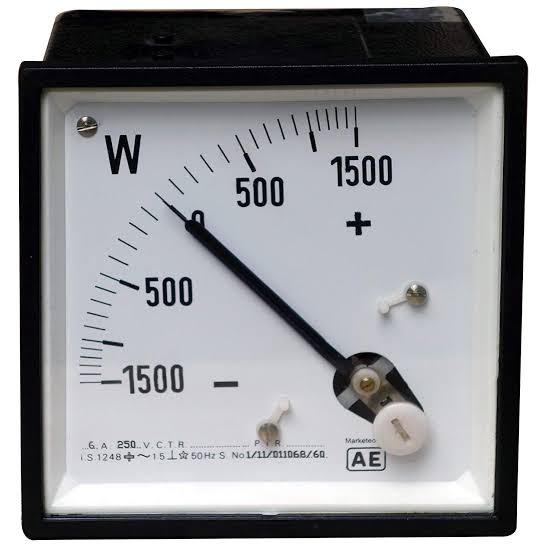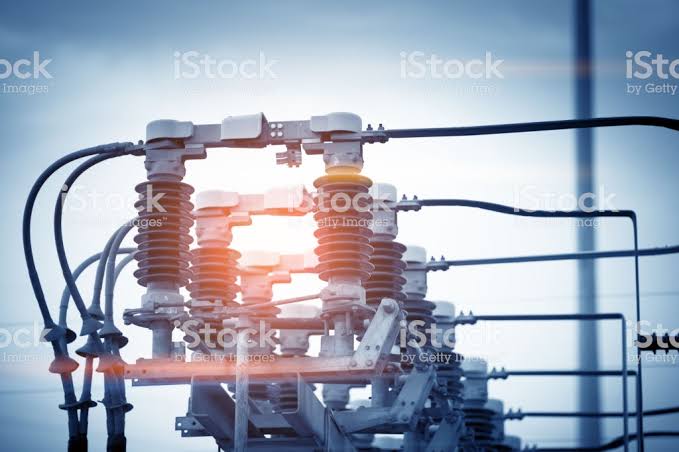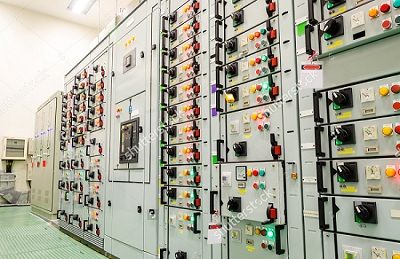Switchgear
Definition: The apparatus used for switching, controlling and protecting the electric circuit is know as Switchgear.
The examples of the switchgears are The switches, fuses, circuit breaker, isolator, relays, current and potential transformer, indicating instrument, lightning arresters and control panels.
Switchgear is used both to de-energize equipment to allow work to be done and to clear faults downstream.Typically, switchgear in substations are located on both the high- and low-voltage sides of large power transformers. The switchgear on the low-voltage side of the transformers may be located in a building, with medium-voltage circuit breakers for distribution circuits, along with metering, control, and protection equipment. For industrial applications, a transformer and switchgear line-up may be combined in one housing, called a unitized substation (USS).
Functions
One of the basic functions of switchgear is protection, which is interruption of short-circuit and overload fault currents while maintaining service to unaffected circuits. Switchgear also provides isolation of circuits from power supplies. Switchgear is also used to enhance system availability by allowing more than one source to feed a load.
Types of Switchgear
Types of Switchgear
- The switchgear is mainly classified into two types, the outdoors type and the indoor type. For voltage above 66kV, the output switchgear is used. Because for the high voltage, the building work will unnecessarily increase the installation cost owing to large spacing between the conductor and large size of insulators.
- Below the 66kv there is no difficulty in providing the building work for the switchgear at a reasonable cost. The indoor type switchgear is of metal clad type and is compact. Because of the compactness, the safety clearance for operation is also reduced and thus reduced the area required.














0 Comments